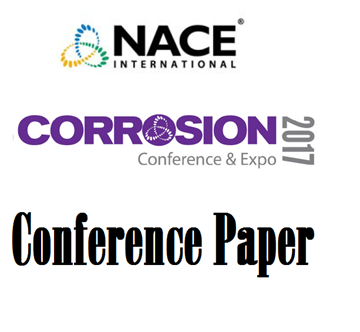Search
Products tagged with 'acid stimulation'
View as
Sort by
Display
per page
51318-10863-Behavior of Titanium Exposed to Fresh and Spent Dilute HF Acid Well Stimulation Fluids
Product Number:
51318-10863-SG
Publication Date:
2018
$20.00
51318-11060-New Understanding on Iron Sulfide Deposition During Acid Stimulation in Sour Gas Wells
Product Number:
51318-11060-SG
Publication Date:
2018
$20.00
51318-11141-Insight into mechanisms of iron sulfide deposition in carbonate reservoir during acid stimulation
Product Number:
51318-11141-SG
Publication Date:
2018
$20.00
Kinetic Approach To Predict Iron Carbonate Precipitation During Acid Stimulation
Product Number:
51321-16769-SG
Publication Date:
2021
$20.00
Materials and Corrosion Risk Mitigation Associated with Flowback of Acid Stimulation Fluids
Product Number:
51317--8917-SG
ISBN:
8917 2017 CP
Publication Date:
2017
$20.00
New Insight Into The Mechanisms Of Iron Carbonate Formation In Sweet Carbonate Reservoir During Acid Stimulation
Product Number:
51321-16531-SG
Publication Date:
2021
$20.00
Non Producing Environments Leading to Downhole CRA Completion Failures
Product Number:
51324-20620-SG
Publication Date:
2024
$40.00







